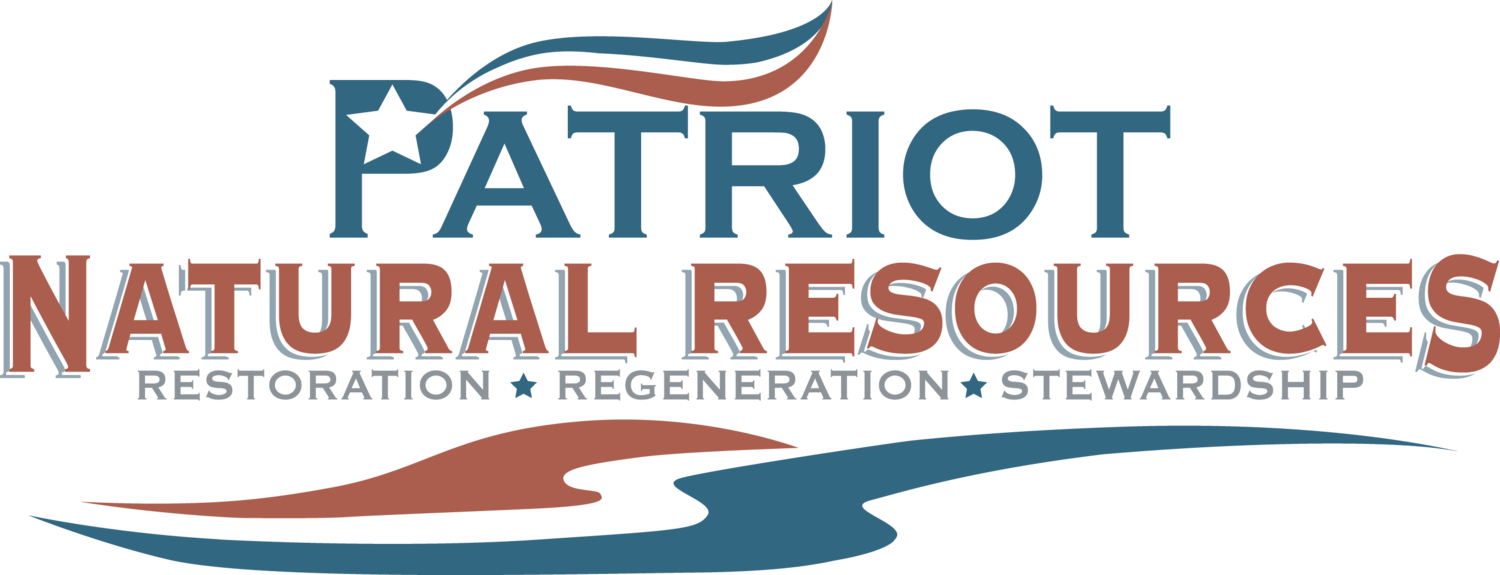Why a Non-Functioning Stormwater Facility Fails to Benefit the Chesapeake Bay
Stormwater management facilities are critical for protecting local waterways and the Chesapeake Bay, one of Maryland’s most valuable ecosystems. When properly maintained, stormwater systems—such as retention ponds, detention basins, and rain gardens—control runoff, filter pollutants, and reduce the strain on natural water systems.
However, a non-functioning stormwater facility can fail to deliver these essential benefits. Without regular upkeep, these systems can actually harm waterways like the Potomac River, Monocacy River, and the Chesapeake Bay by increasing pollution, sedimentation, and ecological disruption.
In this article, we’ll explore the impacts of neglected stormwater facilities and how property managers, municipalities, and homeowners’ associations (HOAs) can take steps to prevent these issues.
1. Increased Pollution in Local Waterways
Stormwater runoff often carries pollutants like sediment, oils, fertilizers, and trash from impervious surfaces, such as roads, parking lots, and rooftops. A functioning stormwater facility filters out these pollutants, ensuring cleaner water flows into nearby rivers like the Monocacy River and the Potomac River, which ultimately feed into the Chesapeake Bay.
When stormwater systems are clogged, overgrown, or damaged:
• Pollutants bypass the system and enter waterways untreated.
• Excess nutrients, such as nitrogen and phosphorus, contribute to harmful algae blooms in the Bay, which deplete oxygen levels and threaten aquatic life.
• Toxins accumulate in rivers and streams, damaging local ecosystems.
2. Sediment Overload in Rivers and Streams
One of the primary roles of stormwater systems is to trap sediment before it enters natural waterways. Sediment can cloud water, smother aquatic habitats, and carry additional pollutants downstream.
When stormwater facilities are neglected:
• Sediment from runoff is no longer filtered out, leading to increased sedimentation in the Potomac and Monocacy Rivers.
• Erosion around the facility adds even more sediment to local streams and rivers, further degrading water quality.
These issues ultimately harm the Chesapeake Bay by increasing turbidity, reducing sunlight for underwater vegetation, and negatively impacting marine ecosystems.
3. Loss of Flood Protection
Stormwater systems are designed to manage heavy rainfall by slowing runoff and reducing the risk of downstream flooding. When these facilities fail to function, uncontrolled runoff increases flow rates in rivers and streams, causing:
• Flooding in nearby communities, trails, and roadways.
• Erosion along the banks of the Potomac and Monocacy Rivers, destabilizing land and infrastructure.
• Higher flow rates that overwhelm natural water systems and damage aquatic habitats.
Regular maintenance ensures these systems can handle stormwater effectively, protecting both properties and natural ecosystems.
4. Missed Opportunities for Ecological Restoration
Many modern stormwater systems are designed to not only manage runoff but also support local ecosystems by providing habitat for wildlife, encouraging biodiversity, and enhancing green spaces.
A neglected system, however, becomes an environmental liability:
• Invasive species often take over, outcompeting beneficial native plants.
• Standing water in clogged systems can attract mosquitoes, harming nearby residents and wildlife.
• Poor water quality discourages wildlife from using these spaces, reducing their ecological value.
When well-maintained, stormwater facilities can act as extensions of natural ecosystems, improving the health of rivers like the Potomac and Monocacy while contributing to Chesapeake Bay restoration efforts.
5. Regulatory and Compliance Challenges
Maryland’s commitment to protecting the Chesapeake Bay includes strict stormwater regulations. Property owners, managers, and municipalities are required to maintain their stormwater systems to meet these standards. Neglected systems not only harm the environment but can also result in:
• Fines for non-compliance with Maryland’s Stormwater Management Act of 2007.
• Corrective action orders that demand expensive, immediate repairs.
• Reputational damage among residents, tenants, or the community.
By maintaining stormwater systems, property managers and municipalities contribute to a collective effort to protect the Potomac, Monocacy, and Chesapeake Bay ecosystems while avoiding regulatory penalties.
How to Keep Stormwater Facilities Functioning Properly
1. Schedule Regular Inspections
Routine inspections can identify sediment buildup, structural damage, or overgrown vegetation before they escalate into major problems.
2. Perform Routine Maintenance
Maintenance tasks such as sediment removal, erosion repair, and invasive plant control ensure your system operates efficiently and effectively.
3. Work with Professionals
Partnering with a stormwater management company like Patriot Natural Resources provides access to experts who understand Maryland’s unique regulations and environmental priorities.
4. Educate the Community
Encourage residents, property managers, or local officials to report issues with stormwater systems and support regular maintenance efforts.
A Functioning System Supports the Chesapeake Bay
Stormwater facilities are vital for reducing pollution, controlling flooding, and protecting Maryland’s waterways. When these systems fail, the Potomac River, Monocacy River, and Chesapeake Bay bear the brunt of the consequences.
Investing in proper maintenance ensures that your stormwater system fulfills its role in protecting the environment and contributing to the health of one of the region’s most valuable ecosystems.
Partner with Patriot Natural Resources for Stormwater Maintenance
At Patriot Natural Resources, we help property managers, HOAs, and municipalities keep their stormwater systems in top condition. From inspections to repairs, we provide the expertise needed to protect local waterways and the Chesapeake Bay.
Contact us today to learn how we can support your stormwater management needs and ensure your facility contributes to a healthier environment.

